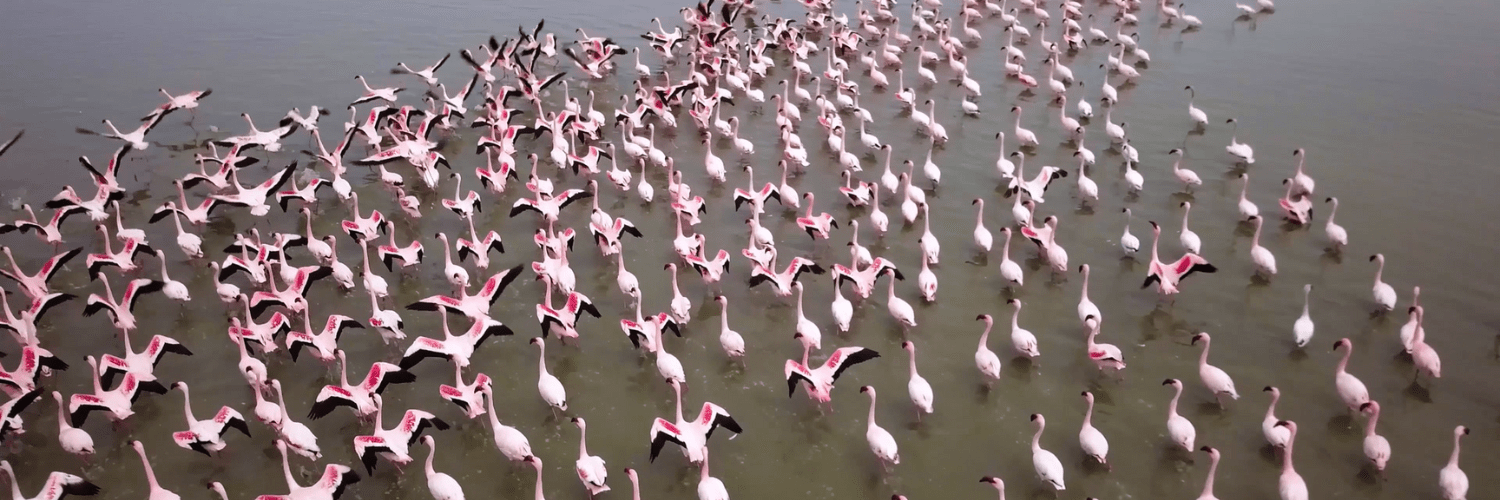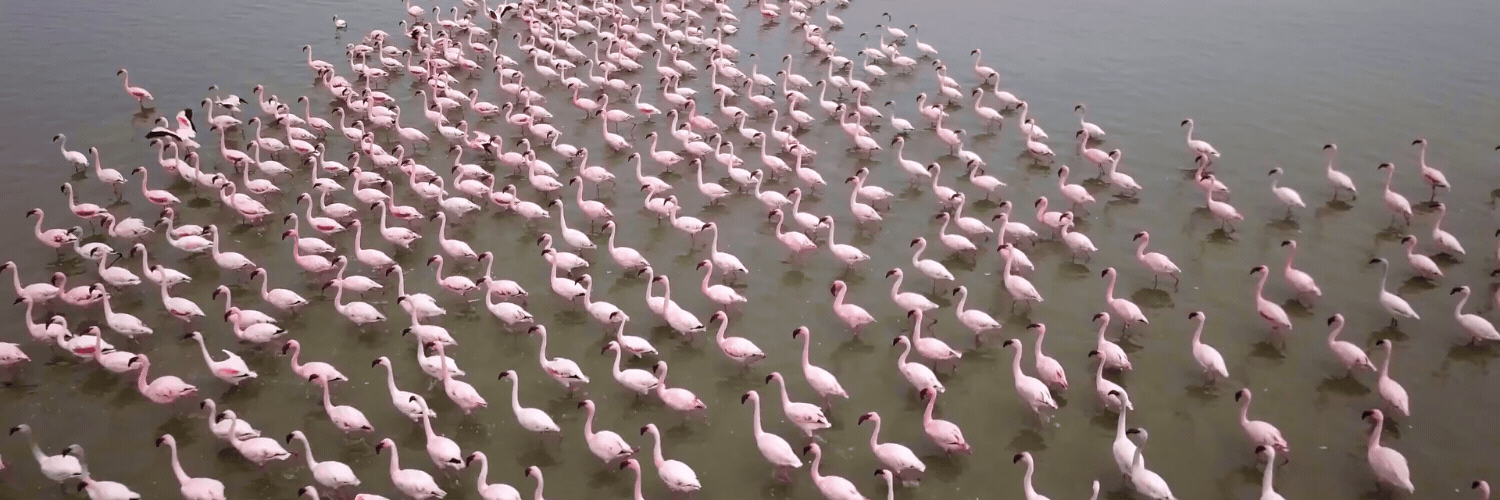Cautious Ahmed and the recurring revenue productised services

Once upon a time, I worked with a lovely client called Ahmed, who ran a recurring revenue productised services business.
It was a beautiful little business. I can’t tell you too much about it because I’ve got some of Ahmed’s personal details coming up. And he’s not really called Ahmed. I’m disguising him. I can’t tell you exactly what he did, just in case you can re-engineer it and find out who this was. But it is a true story.
You can read the full version here, or I’ve also made a video version.
Some of the services were one-off services Ahmed and his team did for a client. He had some one-off services and recurring revenue productised services. Clients would sign up for his productised services and pay the same monthly fee.
Here’s the full guide to recurring revenue products and why you need to build recurring income streams.
For way more information about how to build a productised service business, read this comprehensive article and download the free Mission Guide to Productised Services.
The simple truth about productised services
Back to Ahmed’s story
Ahmed was a cautious sort of guy. He was ambitious and cautious at the same time, like many small business founders. He wanted a solid foundation in his business. You’ll see why in a moment.

One day, Ahmed told me he wanted to set a target. He wanted his recurring revenue products to cover all of his fixed costs. Like any business, he had fixed costs, paying himself (because we pay ourselves first), the rent on the office, and paying salaries for three staff members working on these productised services. Plus all the other fixed costs that go with running a business.
He pushed the recurring revenue products more than the off-one services for a few months. We love recurring revenue products, of course, because your income starts to become cumulative. So you can add in one client. And then you add in another client, and over time, there’s a cumulative effect, similar to the compound interest.

If you’re a business geek, like me, it’s a beautiful thing to see that graph mounting up like that. And, of course, some clients leave, there’s always some churn, which reduces the number of customers and your turnover. Pesky churn. And it takes you time to add each client.
But it’s an excellent way to stave off feast or famine, which is exactly what Ahmed wanted. He wanted that solid foundation.
Focusing on selling recurring revenue productised services
After three or four months of focussed marketing on the recurring revenue productised services, selling these products to pretty much everybody he met told me he’d achieved his target. He now had his recurring revenue productised services covering all of the fixed costs in the business.
Phase two – higher value products
And then, we moved on to the next phase of the strategy, which was introducing new higher-value products, taking Ahmed further out of the business so that he wasn’t so involved in the client delivery.
But then a funny thing happened.
It was almost as if he’d got his solid foundation when he got to this point. And he could feel confident about the business. And all sorts of other good things that had nothing to do with business started to happen.
I can’t take any credit for this part of it.
This all started to happen for Ahmed as he was happily working on phase two, coming up with ideas for new products. He met a new woman. They got together and started having all of these adventures. He would tell me all these fascinating stories about him getting paid to drive Jaguar cars around the countryside and how they’d got stranded somewhere on a motorbike trip. Maybe his new confidence in his business had made him more attractive.

And then an even more odd but thrilling thing happened. Ahmed was a keen photographer, and he was offered a job going to Namibia, hanging out of the open door of a helicopter, and taking photos of animals. This was right up his street. Because he’d been working on delegating to the staff, and the business was in pretty good shape, he took three months off, went to Namibia, hung out of a helicopter, lived to tell the tale, and then came back.
Then, we continued to work on phase two of the business.
The lessons of Ahmed’s success story
This is one of my loveliest productising success stories, and I’ve been using this as an example of a possible strategy for many years. Let’s take a look at the learning points from Ahmed’s success story. I think a few things in what he did gave that foundation and prepared the ground for him to do these incredible things.
Number one learning point – confidence to experiment
Confidence came when Ahmed had developed that secure foundation of recurring revenue. But it’s not just confidence. Ahmed also was able to do some experiments with the business. He tried several things as new products, most of which failed. For Ahmed, that was fine because when you’ve got that little wiggle room from recurring revenue product income and knowing that things are okay, you can do those experiments and take some controlled risks. Even when you’re a cautious sort of human.
One thing to bear in mind when you’re developing a product-based business is that you need to experiment with many different products in your product ecosystem because not all of them will work. You probably need to do 10 or 12 experiments before you get the one that goes big. Maybe four or five of the others survive and give you some cash flow. But you need to do quite a few experiments to get the big one. Ahmed could do that because his fixed costs and personal payments were covered by the recurring revenue productised services.
Phase two learning point – talk to people. A lot
Phase two was even better. While assertively marketing the recurring revenue products, Ahmed was out talking to many people. He wasn’t just sitting at his desk, making a product and then putting it on his website. He was out and about, sometimes in person, sometimes at trade shows he went to, but he was often chatting with people online and gathering people to him.
He was networking in all sorts of different ways. And that’s how he got the gig in Namibia, leaning out of the helicopter, through an old boss he’d worked with 10 years ago. He’d been in touch to tell his old boss about the recurring revenue products he wanted to promote because he was telling everybody about it. He didn’t make any sales with this person. But, of course, that made his old boss think of him for the gig in Namibia when he needed a cameraperson.
How to live happily ever after
This is why I’m such a big fan of productising. And in particular, building your product ecosystem of recurring revenue products. It gives you a solid foundation, good cash flow and covers your fixed costs, including paying yourself. And maybe you will get to meet the person of your dreams, have adventures and live happily ever after.
Here are other lovely examples of productised services
How Tim Healey built his product ecosystem
Has your turnover plateaued out?
